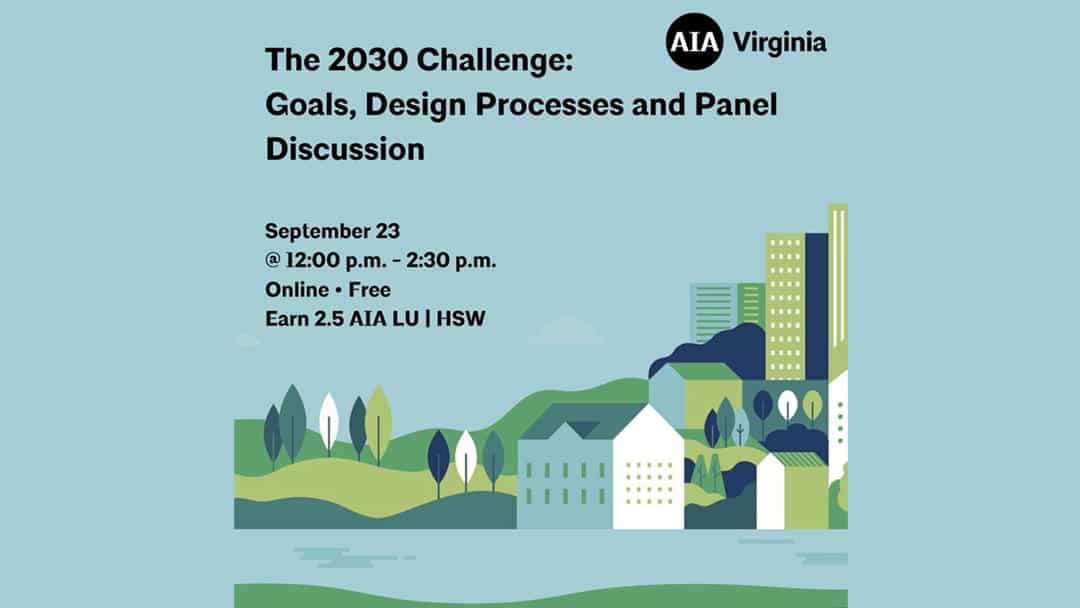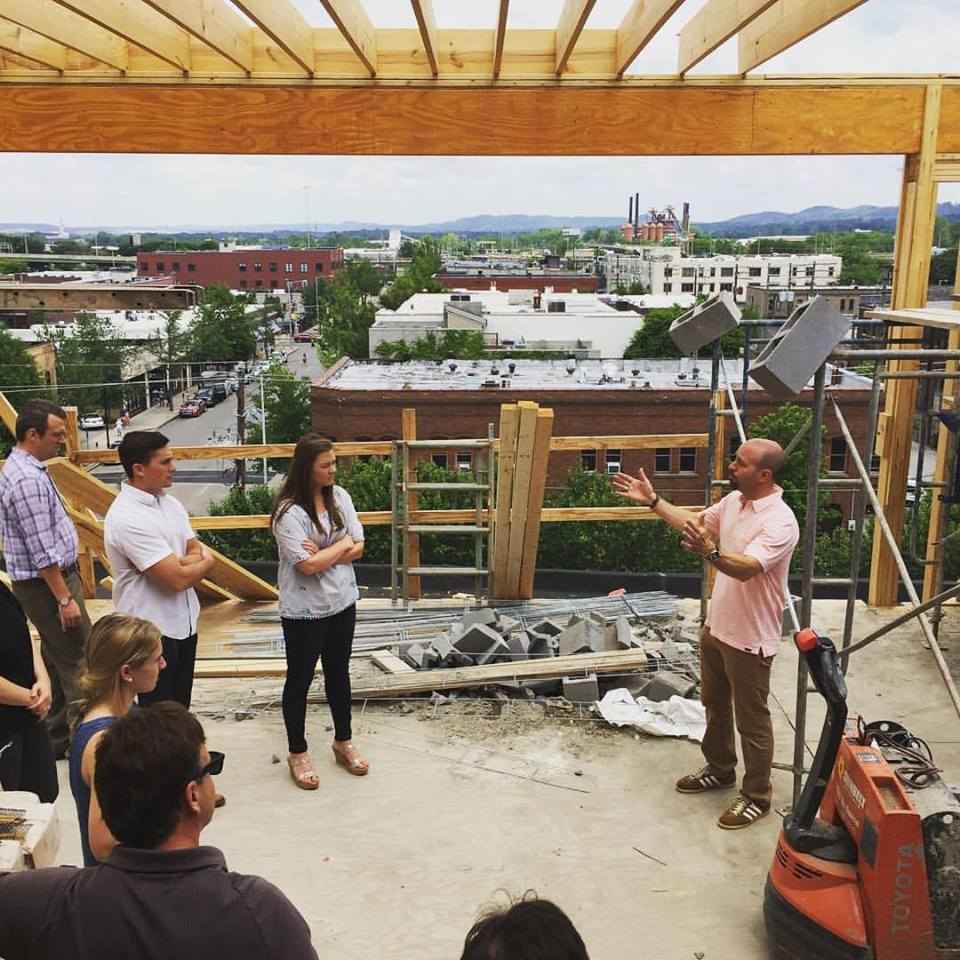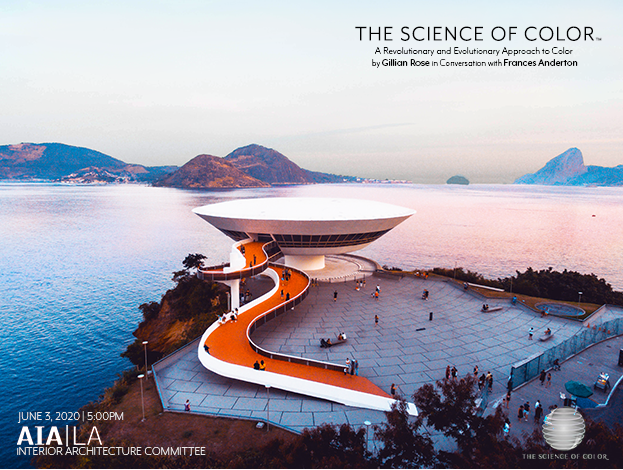
A few years later when I joined his firm, Building Science Corporation, I got to work alongside two of the country’s foremost experts in building science, Kohta Ueno and Peter Baker.

Throughout all of this I had the ultimate privilege of being mentored by the father of building science in the United States, who also happens to be my own father, Joseph Lstiburek. A couple years later, I moved over to the consulting side of the business, taking a job at WJE in Dallas, where I worked under the direction of Fiona Aldous, an excellent teacher and building scientist. (“I trust my instincts,” she later told me.) It was the best job I’ve ever had. Go!) I was still a student and had no portfolio and no experience, but she hired me on the spot. I got that job by approaching her after a presentation she gave on energy-efficient design at a conference in Boston. Chris gave me my first hard hat, and it was working for her that I really fell in love with construction. She is one badass architect in one terrific city. My first real job in architecture was working for the great Chris Benedict in New York City. My thesis studio was the only class she ever taught. She was smart and tough, and she loved construction. My master’s thesis adviser graduated from the GSD and spent the next ten years working for Turner Construction.
ARCHITECT 5 HSW SKIN
I made it through architecture school by the skin of my teeth, and with the help of many classmates and one particularly excellent teacher. This has been by accident of birth, pure chance, and a few very good decisions. I’ve been incredibly lucky to have practiced with the very best of our industry. We all learn this stuff (architecture, building science, and construction) through apprenticeship. She received her bachelor of arts from Princeton University and her master of architecture from New School of Architecture + Design. She is the founder of (BSFC), an Instagram community dedicated to teaching building science and construction to architects and other building professionals. She is an associate member of the American Institute of Architects (AIA) and a member of the Northeast Sustainable Energy Association (NESEA).

Her experience in new construction and her understanding of the division of labor among the trades, sequencing, and construction practices informs not only her analysis in forensic cases but also her repair and retrofit recommendations, which are designed to minimize disruption in occupied buildings.Ĭhristine Williamson is a member and former chair of ASHRAE Technical Committee 1.12, Moisture Management in Buildings.

Failures include leaks, corrosion, rot, mold, odors, poor indoor air quality, and discomfort due to poor temperature or humidity control. In existing buildings, she investigates failures related to enclosure design and mechanical systems as well as material and installation defects.

She has worked across North America from the Canadian Arctic to the Caribbean. She offers new-construction risk-mitigation consulting for residential towers, mid-rise mixed-use buildings, and production homes, as well as some of the most extraordinary private residences in the world.
ARCHITECT 5 HSW PROFESSIONAL
Meet Your Instructor Christine WilliamsonĬhristine Williamson’s professional experience includes building-science consulting for the restoration of Belvedere Castle in New York City’s Central Park, forensic investigations of building failures at the air-traffic control tower of LAX, and the Wheeler Opera House in Aspen, among other projects. It would be my great pleasure to help you to be able to do exactly that. Imagine discussing how a detail or an assembly works and being able to do it with that open-minded confidence that only comes from real understanding - whether you’re at the drafting table with your colleagues, in a conference room with your clients, or on the job site with your contractor. With all the demands of professional practice, it can be difficult for architects and architects-in-training to acquire a technical foundation in building science. Even when they knew the right approach, they had trouble articulating it, especially when met with opposition from contractors or clients. The same often was true when discussing risk and performance with their colleagues. About ten years into professional practice as a building scientist, I noticed that my classmates from architecture school - talented men and women whom I knew to be intelligent, creative, and attentive - lacked confidence on the job site.


 0 kommentar(er)
0 kommentar(er)
